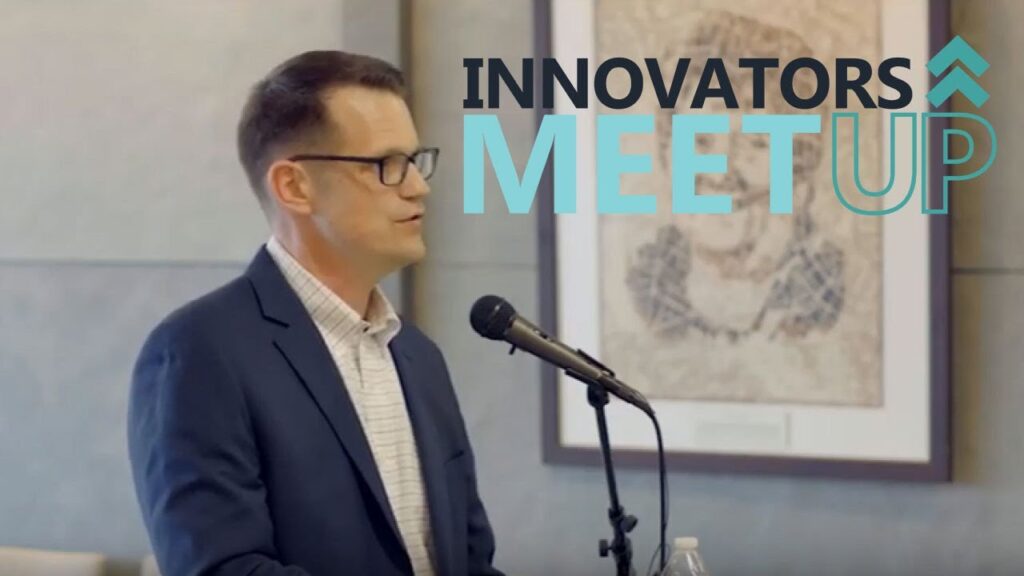
Air Force Col. Jason Brown
WASHINGTON: The Air Force and MIT are kicking off 10 joint research projects aimed at finding Artificial Intelligence (AI) solutions fast for some of the service’s key operational problems, such as building a simulated co-pilot (dubbed R2D2) and navigating without GPS.
“These are projects related to tough tech challenges for the Air Force,” Col. Jason Brown, director of the Air Force Chief of Staff Strategic Studies Group, told the NVIDIA GPU Technology (GVT) conference panel today. Brown said the MIT-Air Force partnership “spent the entire summer” whittling down 160 potential projects submitted by MIT faculty to those that could best put AI to work for the service in the near future.
The Air Force signed a contract in May with MIT to create the MIT-Air Force AI Accelerator, a research partnership on fundamental AI research such as computational intelligence, reasoning and decision-making. The partnership, which the Air Force is funding at $15 million a year, includes embedding 11 airmen at MIT as members of the research team.
The goal of the partnership, according to Brown, is to do the early research necessary to turn the projects over to the Air Force, which will in turn seek private sector support to develop capabilities. If deemed viable, the AI projects might be funded in a number of ways, including via non-traditional acquisition authorities such as Other Transaction Authority (OTA) or so-called “challenges” that pit vendors against each other to win a monetary prize to allow them to kick-start development.
“We’re not going to take bunch of capabilities that we develop at MIT and drop them into Air Force programs,” Brown said, “The researchers there are going to create the conditions for challenge or a competition.
“What the Air Force has done really well over the past couple of years, especially through AFWERX, is to create venues that bring solution providers and problem owners together in very unique ways,” he said, “and then move across different types of programs and different types of procurement pipelines — sometimes small business pipelines sometimes commercial solutions openings — to be able to get to prototypes then over the ‘valley of death’ into an Air Force program.”
For example, Brown explained, the research project on using AI to navigate by using the Earth’s magnetic field when GPS has been disabled aims to build a data set that can be turned over to the private sector via a challenge to actually build a navigation system.
Other projects Brown mentioned include:
- Using AI to predict weather in regions where the Air Force has no current data;
- Applying AI to personnel recovery missions using swarming technology;
- Using AI to develop algorithms to reduce interference in communications;
- Using AI for to improve operational scheduling (he noted that this is “one of the major pain points for airmen throughout the Air Force”);
- AI for imagery fusion, especially synthetic aperture radar (SAR) imagery; and
- Figuring out how to run AI on legacy software systems “rather than having to dump all that IT infrastructure out.”
Finally, the MIT-Air Force team is looking at how AI can help build “an Alexa that can understand our military jargon,” Brown said, adding with a laugh that “there are a million use cases out there for that.”
In a ‘world first,’ DARPA project demonstrates AI dogfighting in real jet
“The potential for machine learning in aviation, whether military or civil, is enormous,” said Air Force Col. James Valpiani. “And these fundamental questions of how do we do it, how do we do it safely, how do we train them, are the questions that we are trying to get after.”


























